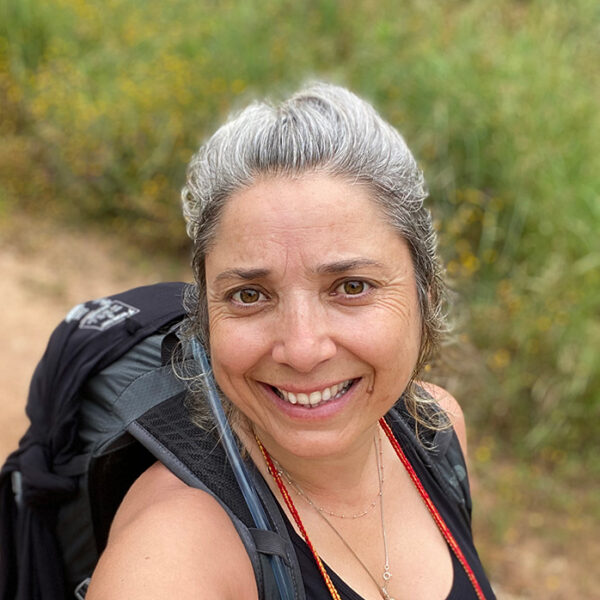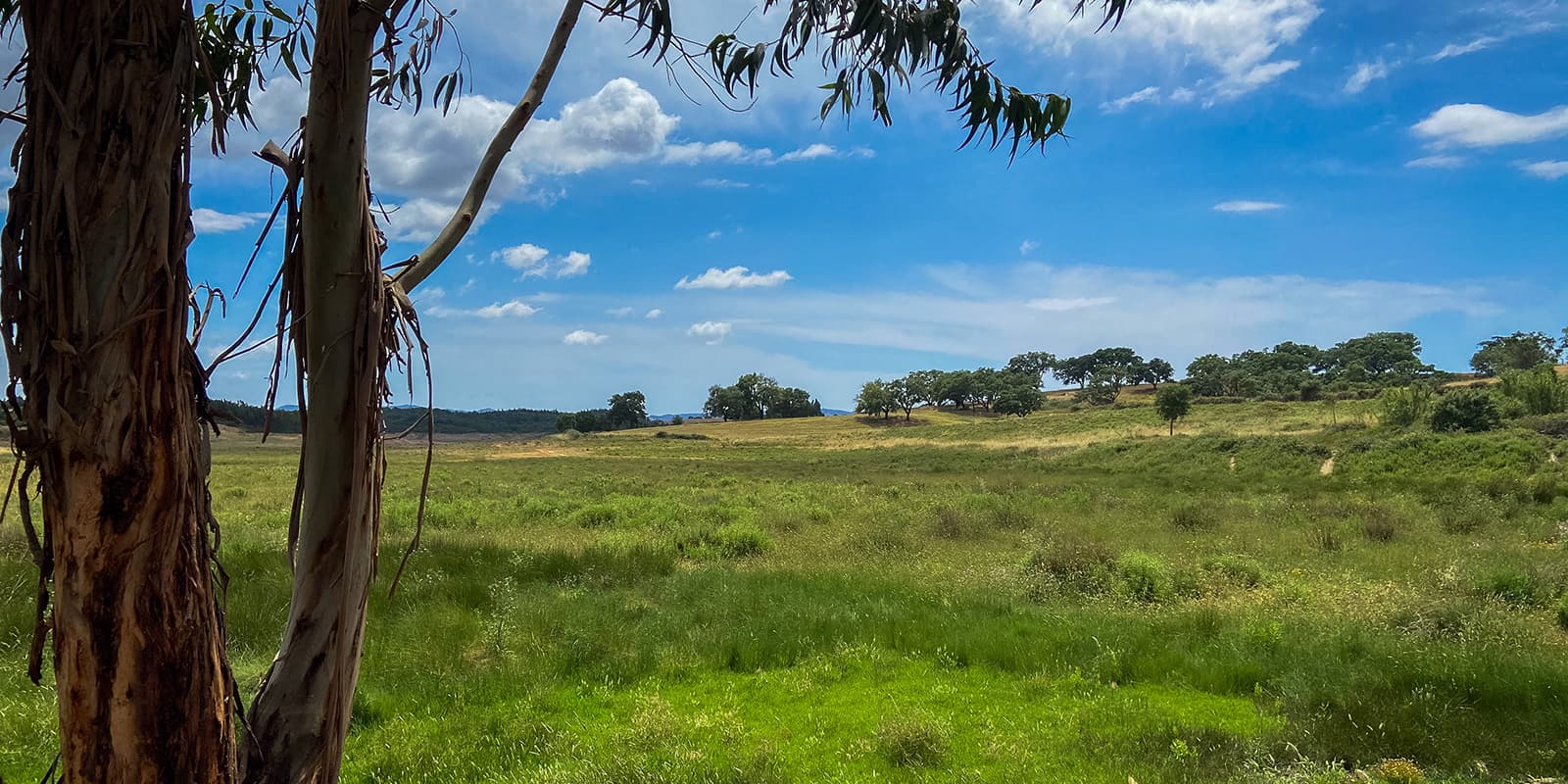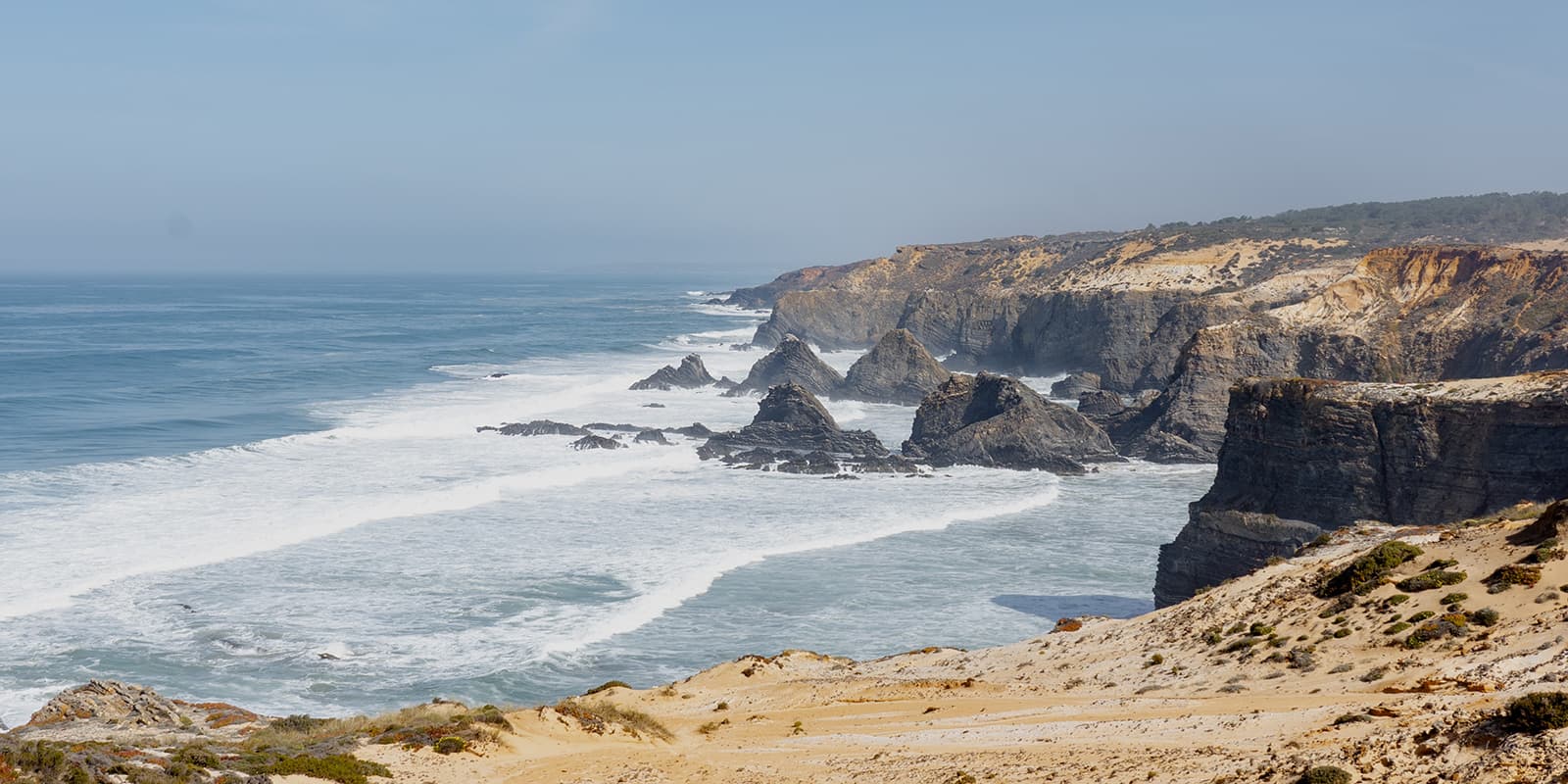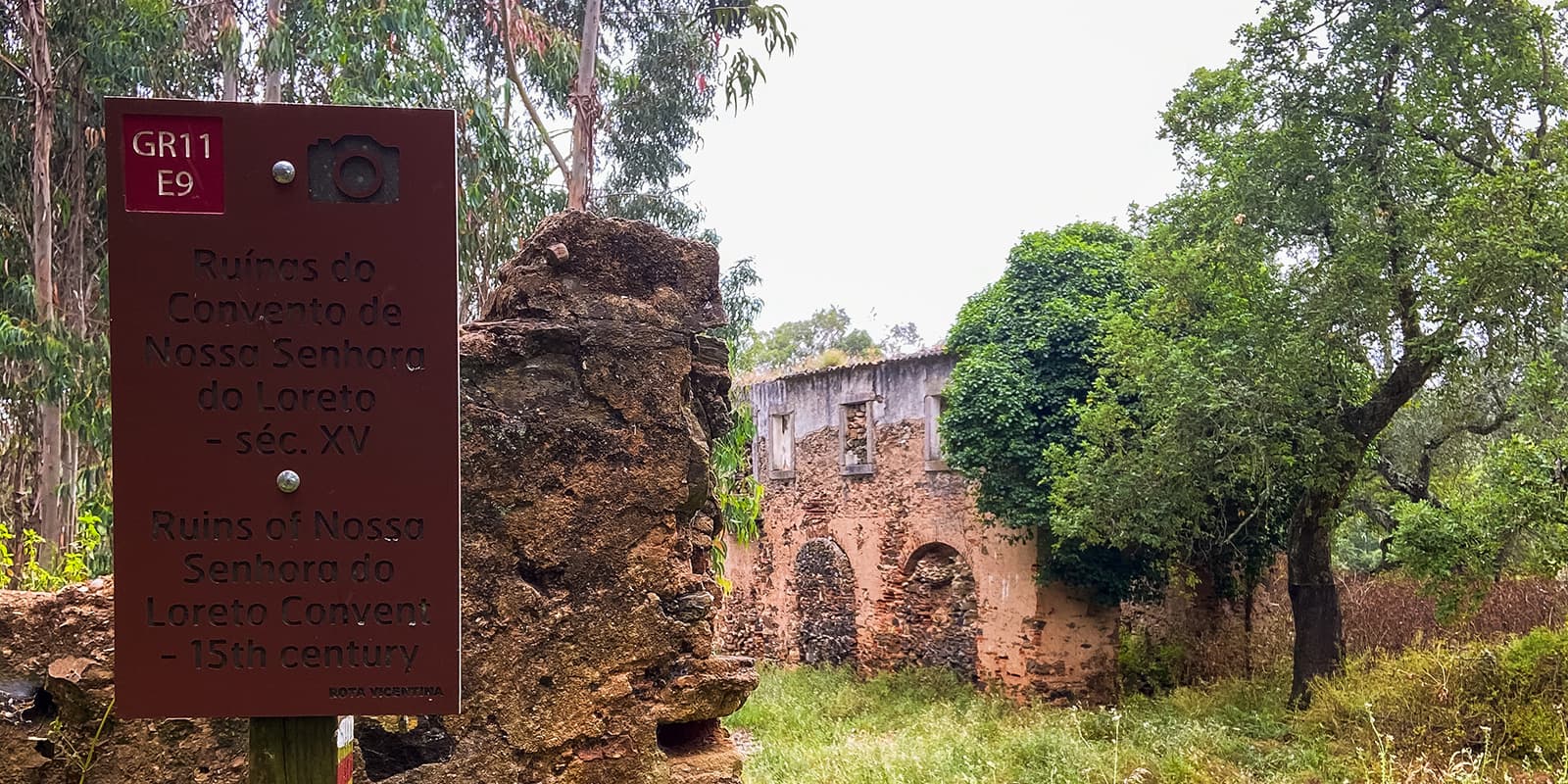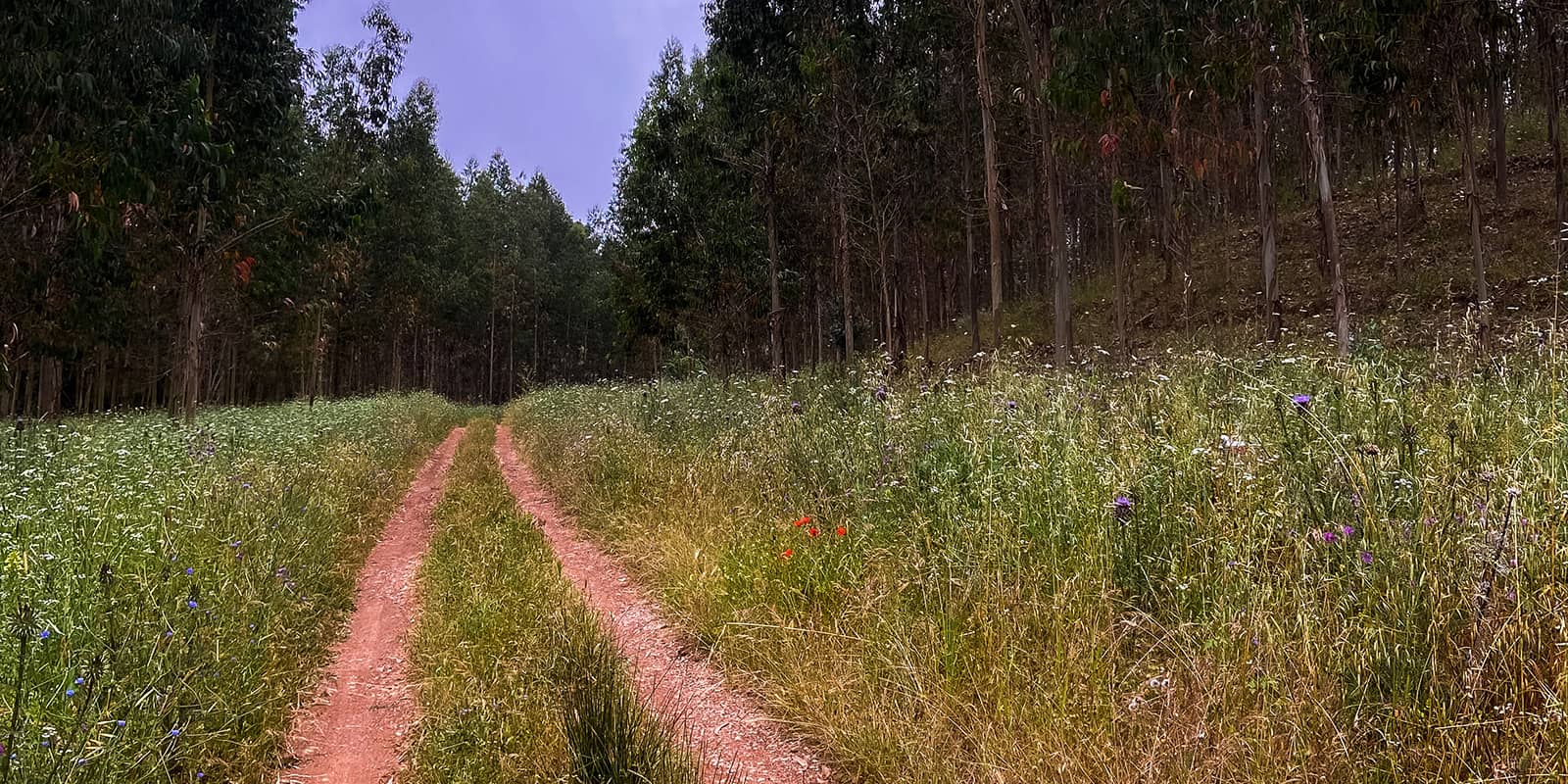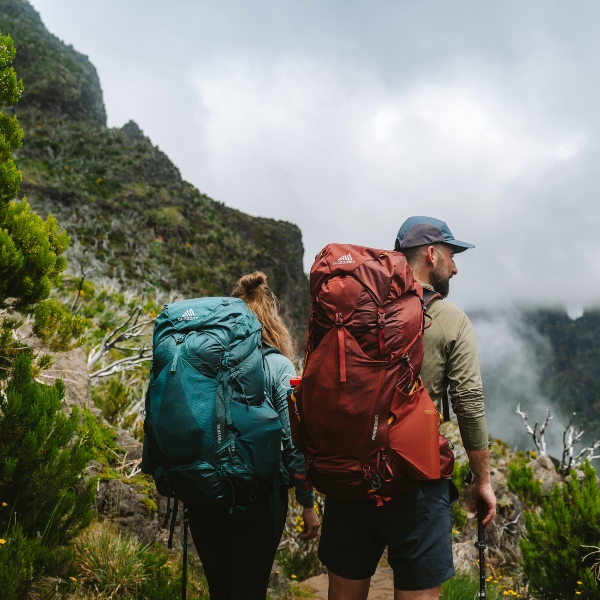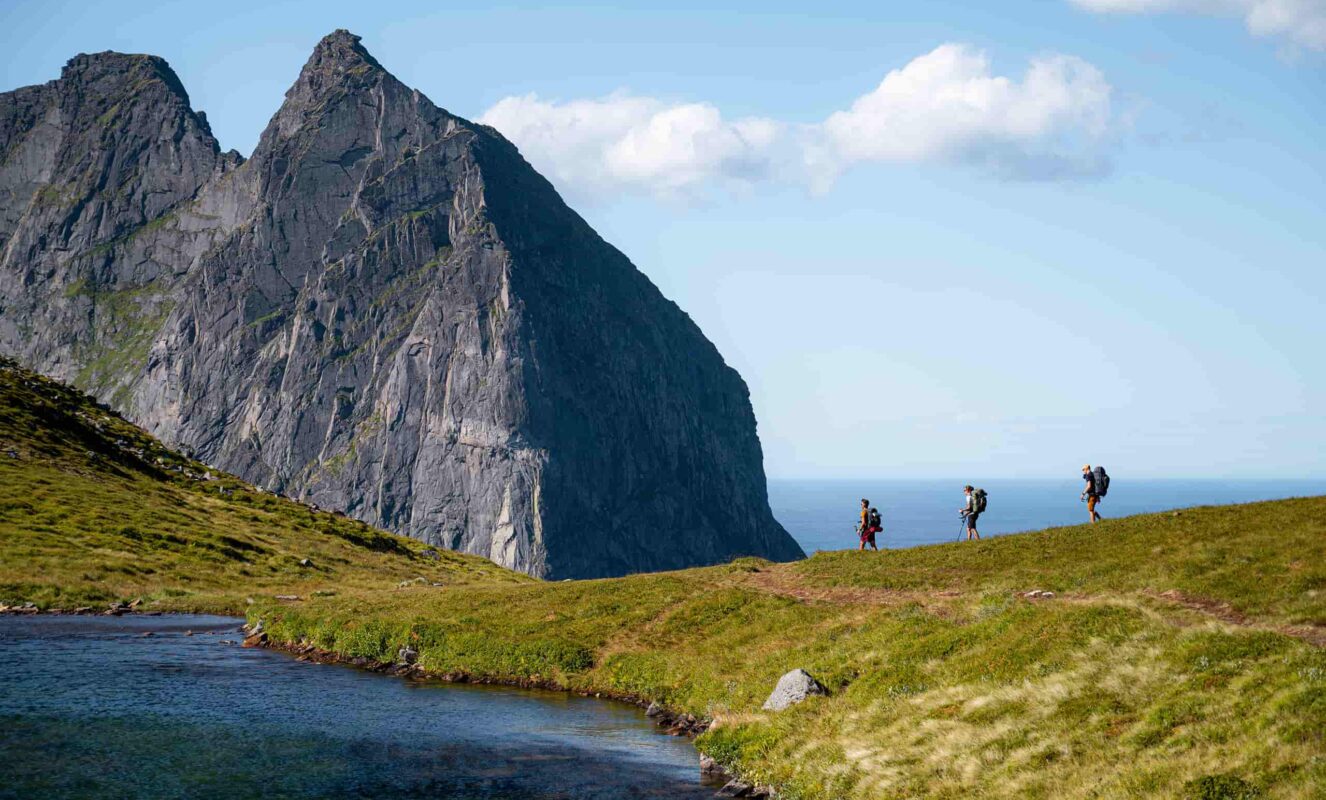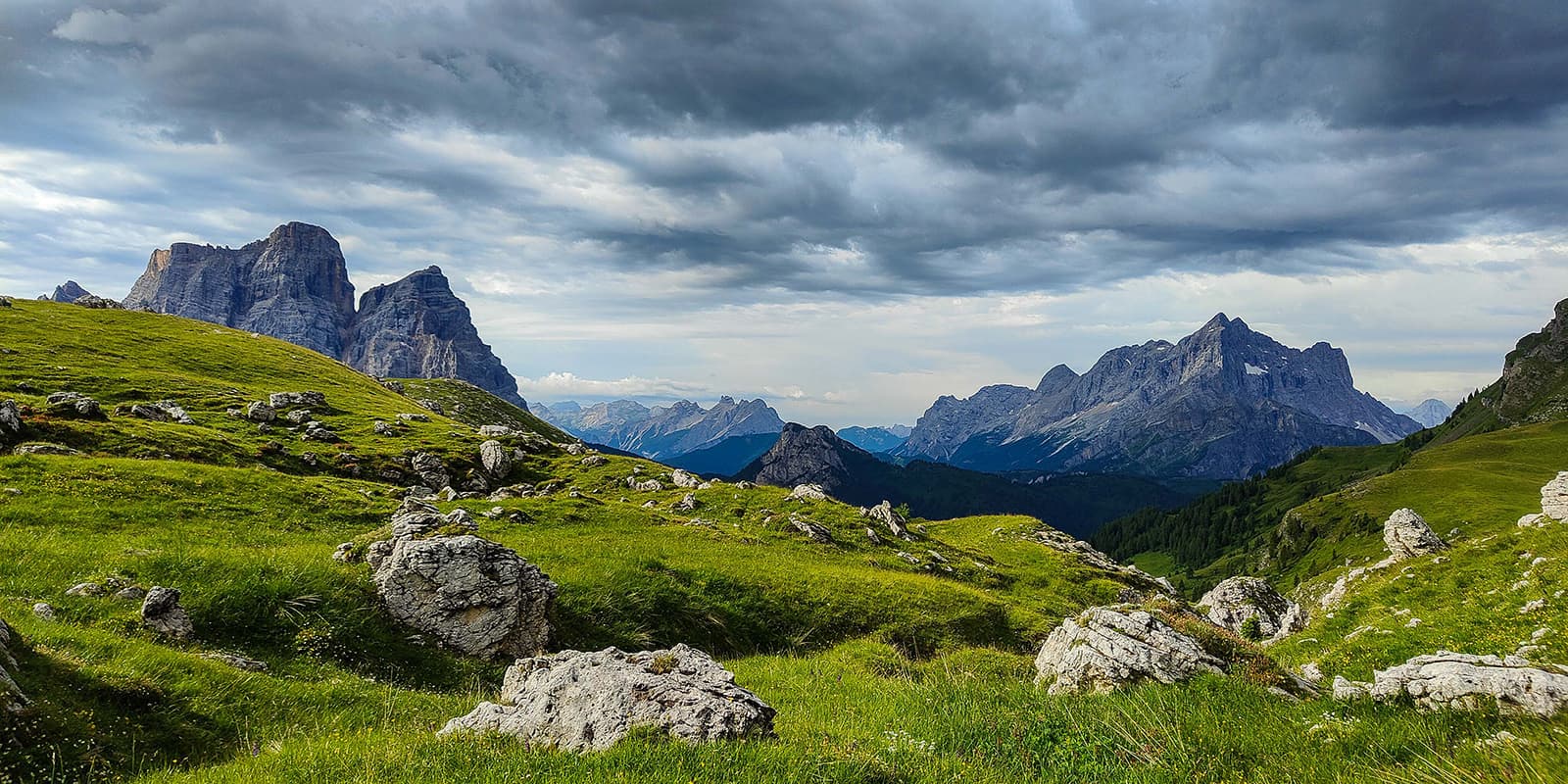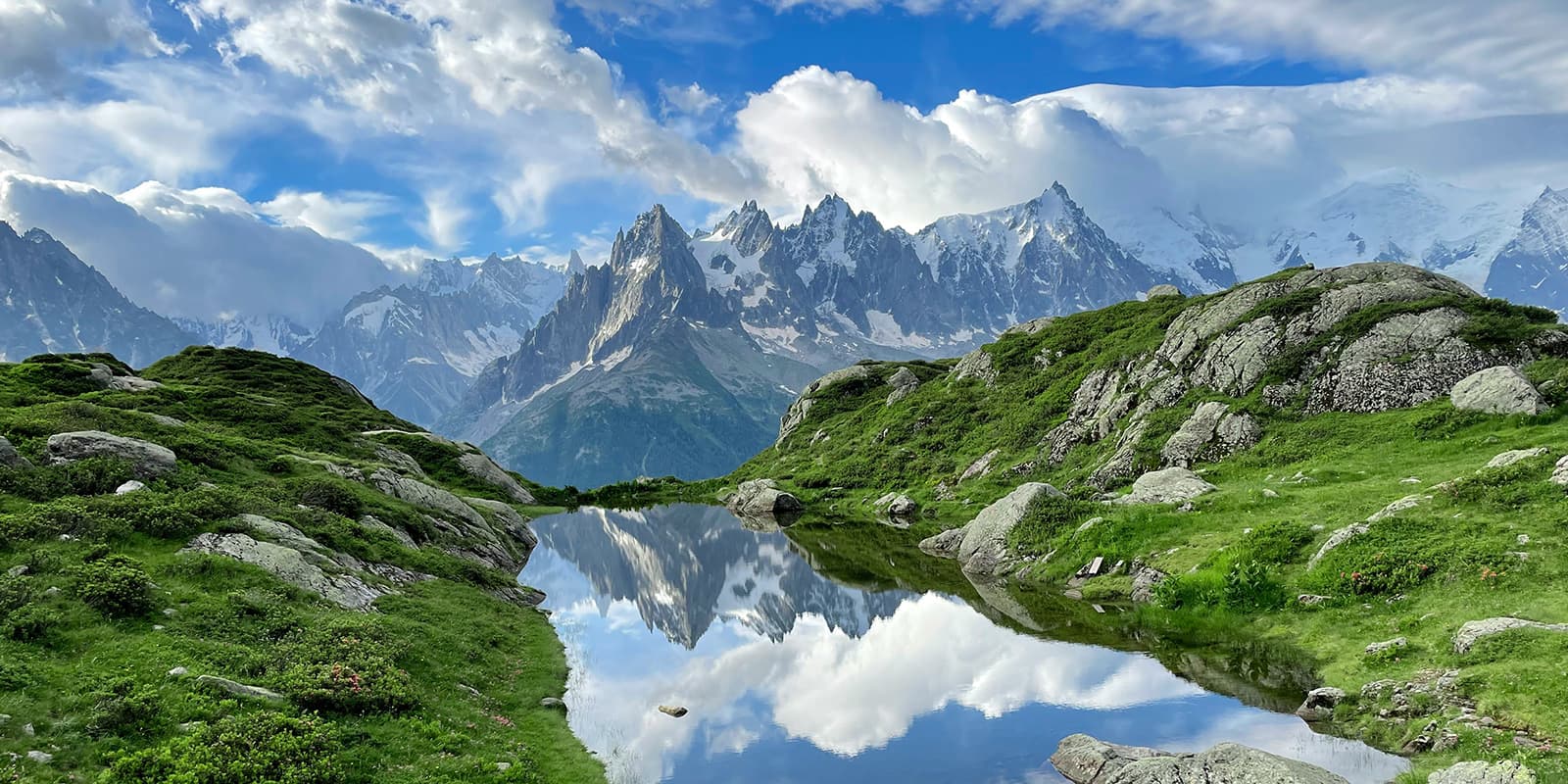The Rota Vicentina Historical Way goes through the main towns and villages of Southern Portugal. The itinerary is literally shaped by centuries of history. Primarily composed of rural trails, the route winds through cork tree forests, mountain ranges, valleys, rivers, and creeks, taking you on a journey through Portuguese culture.
In both 2016 and 2020, the Historical Way earned certification as a “Leading Quality Trail – Best of Europe” by the European Ramblers Association (ERA), placing it among Europe’s premier walking destinations. However, the Sabóia to Odemira section is excluded from this certification. While the route itself is generally considered easy, it does have some sections of moderate difficulty.





